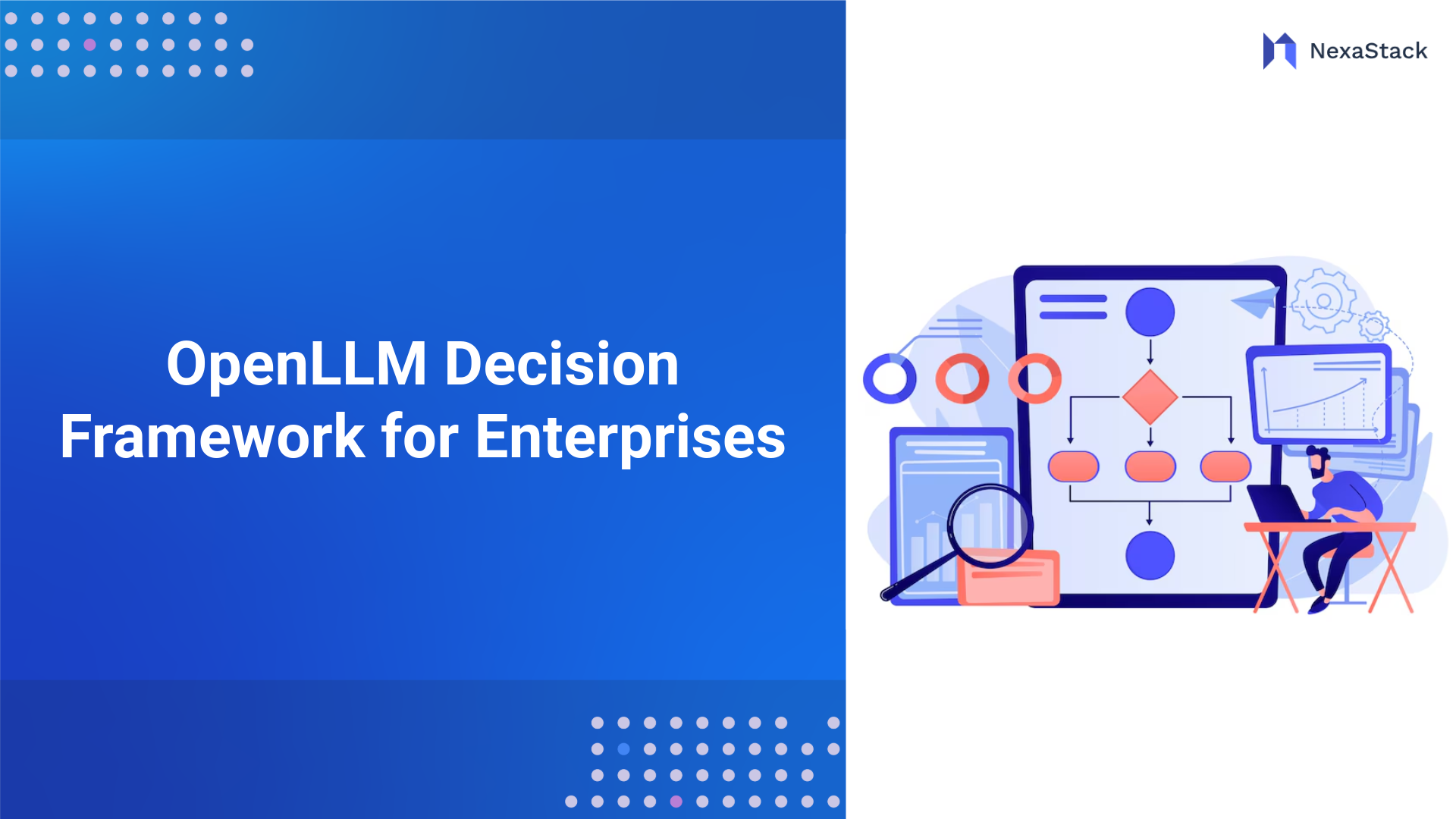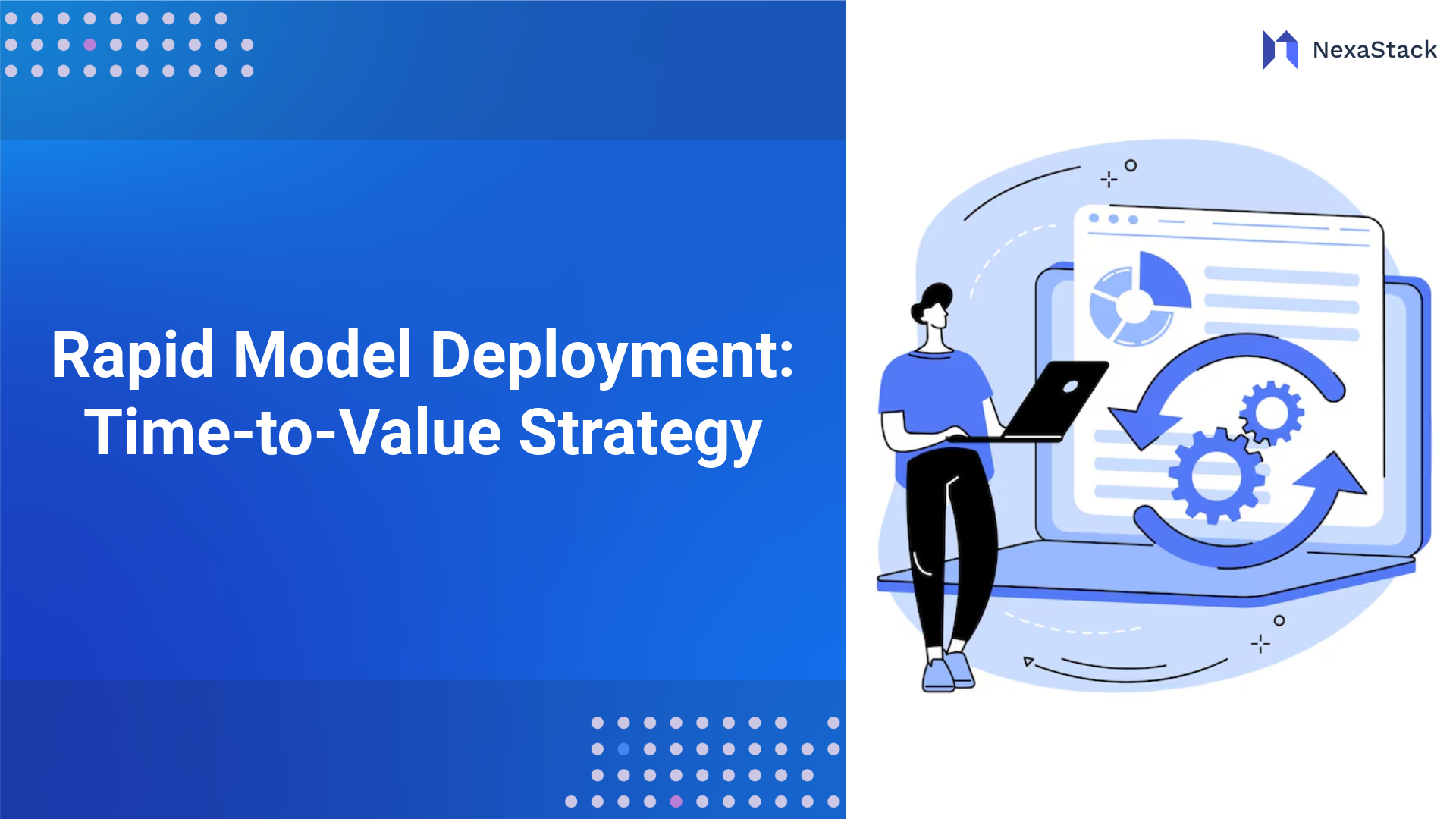Infrastructure Requirements for Running Stable Diffusion 2.0
Stable Diffusion 2.0’s computational demands necessitate robust infrastructure to ensure performance, reliability, and scalability.
Hardware Requirements
-
Training and inference operations of Stable Diffusion 2.0 necessitate using high-performance GPUs such as NVIDIA A100 or RTX 4090. Cloud-based options, including AWS EC2 instances and Google Cloud TPUs, give users flexibility in deploying Stable Diffusion 2.0.
-
A VRAM amount of at least 16GB should be allocated because it enables model inference functions and provides storage capacity for large data collections and generated content.
-
Real-time applications should benefit from networking solutions that guarantee minimum delay for real-time interactions or distributed training sessions.
Cloud vs. On-Premises
-
Platform users benefit from AWS, Azure, and Google Cloud by obtaining scalable infrastructure paired with controlled services and ready-to-use AI solutions. The platforms are best suited for organizations that need advanced flexibility options or require additional computing infrastructure within their premises.
-
Operations based on premises systems are recommended for organisations that need to sustain strict data protection requirements and existing GPU cluster infrastructure. Companies must allocate significant initial capital and maintenance funds to use this technology.
Software Stack
-
The deployment of Stable Diffusion 2.0 in production can be achieved through Model Hosting using Docker or Kubernetes frameworks.
-
Install Prometheus or Grafana as monitoring platforms to track model operational performance and resource utilization.
-
Security Protocols apply encryption and access controls to data pipelines and secure APIs to protect significant organizational data entries and results.
Governance and Security Best Practices
Ethical and operational governance is critical to mitigate risks and ensure the responsible use of Stable Diffusion 2.0.
Compliance
-
Protecting users' privacy data, data must follow GDPR or CCPA and other applicable regulations for handling personal information in text prompts.
-
The generated content should respect existing copyrights and trademarks during commercial activities above all else.
-
ApliKai should follow standards that apply to advertising and marketing rules dictated by specific industries.
Operational Governance
-
Model accessibility should be restricted to authorized staff members to stop improper use.
-
Implementing Audit Trails requires systematic maintenance of logs regarding model inputs and outputs for accountability and debugging purposes. Users should establish methods for notifying the system about content generation problems, which help sustain ongoing development.
Strong governance builds trust, ensures compliance, and protects the business from reputational and legal risks.
Key Performance Metrics to Monitor Stable Diffusion Models
Quality Metrics
-
The analysis should focus on image quality, using metrics such as FID and user satisfaction ratings to evaluate resolution levels, realistic generation, and text prompt adherence.
-
Brand guidelines and use case requirements should be used to evaluate whether the outputs maintain consistent standards, such as colour schemes and style fidelity.
Operational Metrics
-
Monitoring the inference time enables the assessment of performance speed according to specific requirements, such as real-time applications requiring less than five seconds of output generation.
-
System capacity assessment becomes possible by monitoring the hourly output of image generation.
-
Performance Measurement of Infrastructure Efficiency Depends on GPU/CPU Resource Usage And Resource Expenses.
Business Metrics
-
Examining reduced manufacturing expenditures between classic methods, such as photography sessions or manual artwork creation, should be conducted.
-
Assess the monetary boost in revenue that results from the utilization of AI-generated visuals.
-
Time-to-Market metrics will evaluate the shorter durations required for generating content.
Regularly reviewing these metrics ensures the service delivers value and identifies areas for improvement.
Summary of Stable Diffusion 2.0 Implementation Strategy
Stable Diffusion 2.0 provides businesses with opportunities to transform, decrease operational expenses, and improve customer user journeys. This technology's strategic potential becomes fully accessible through time-tested procedures, which include use case analysis, implementation requirement fulfilment, infrastructure development, governance establishment, performance monitoring, and scalability preparation.
Stable Diffusion 2.0 operates beyond being a tool to act as a driver, enabling businesses to restructure their visual content generation and delivery processes in a primarily digital business environment. The proper mentality will allow companies to claim leadership in the generative AI revolution, creating valuable opportunities for differentiation in fiercely competitive markets.
 Figure 1: Implementing Stable Diffusion 2.0
Figure 1: Implementing Stable Diffusion 2.0




